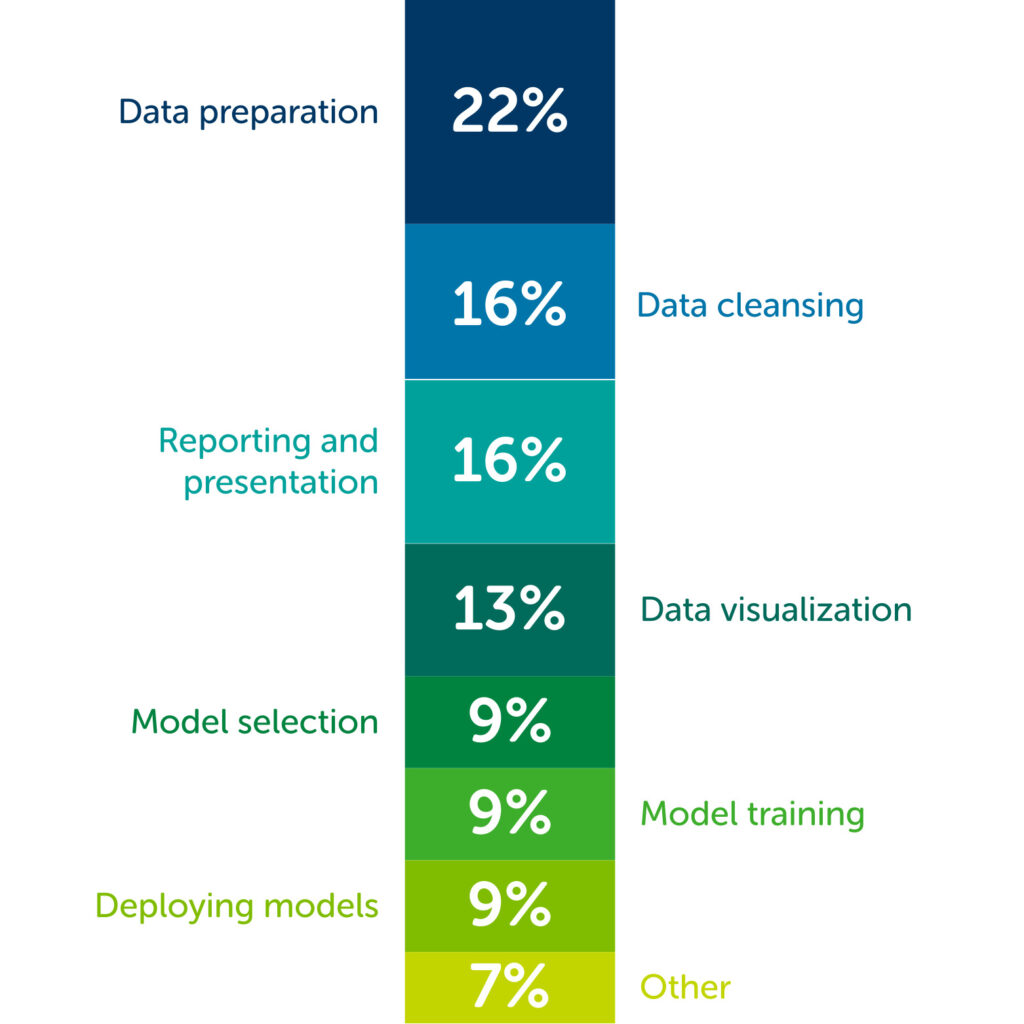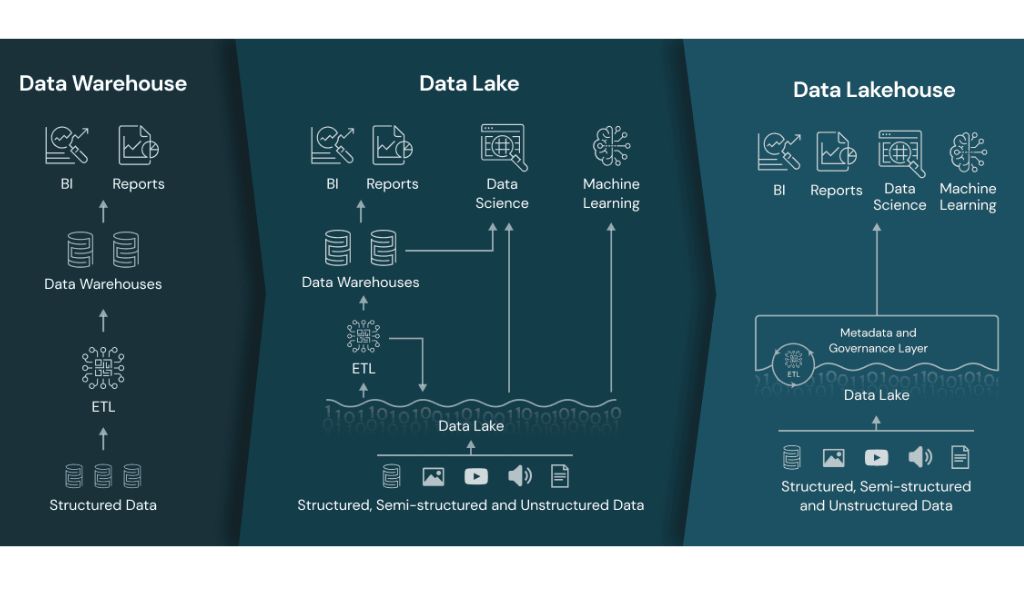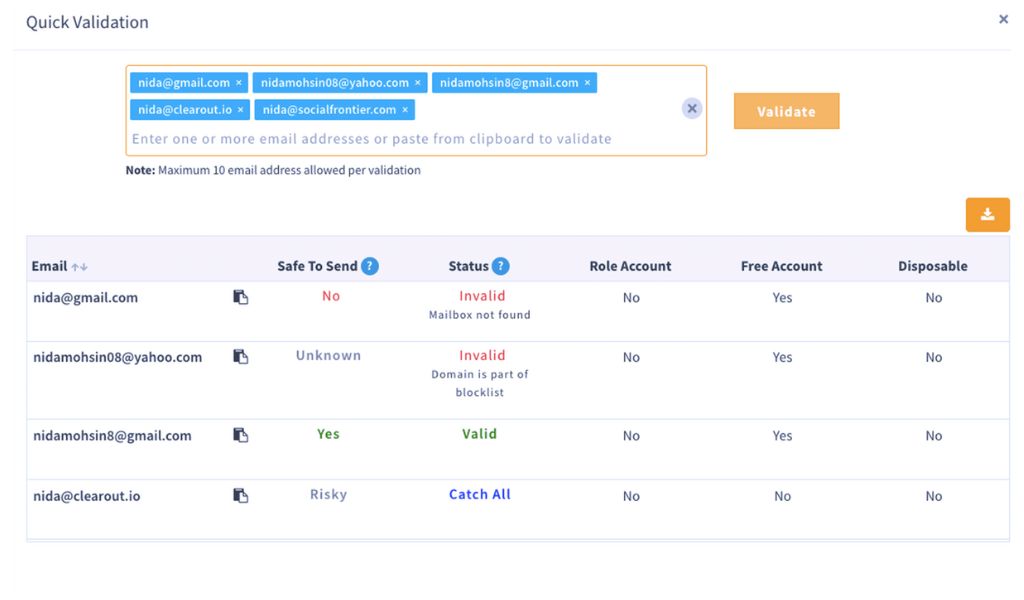● The Need for Data Enrichment
● Benefits of Data Enrichment
● Examples & Types of Data Enrichment
● How to Enrich Data?
2. Data Collection and Integration
3. Data Matching and Deduplication
4. Data Enhancement and Refinement
5. Data Quality Assessment
6. Data Governance and Maintenance







